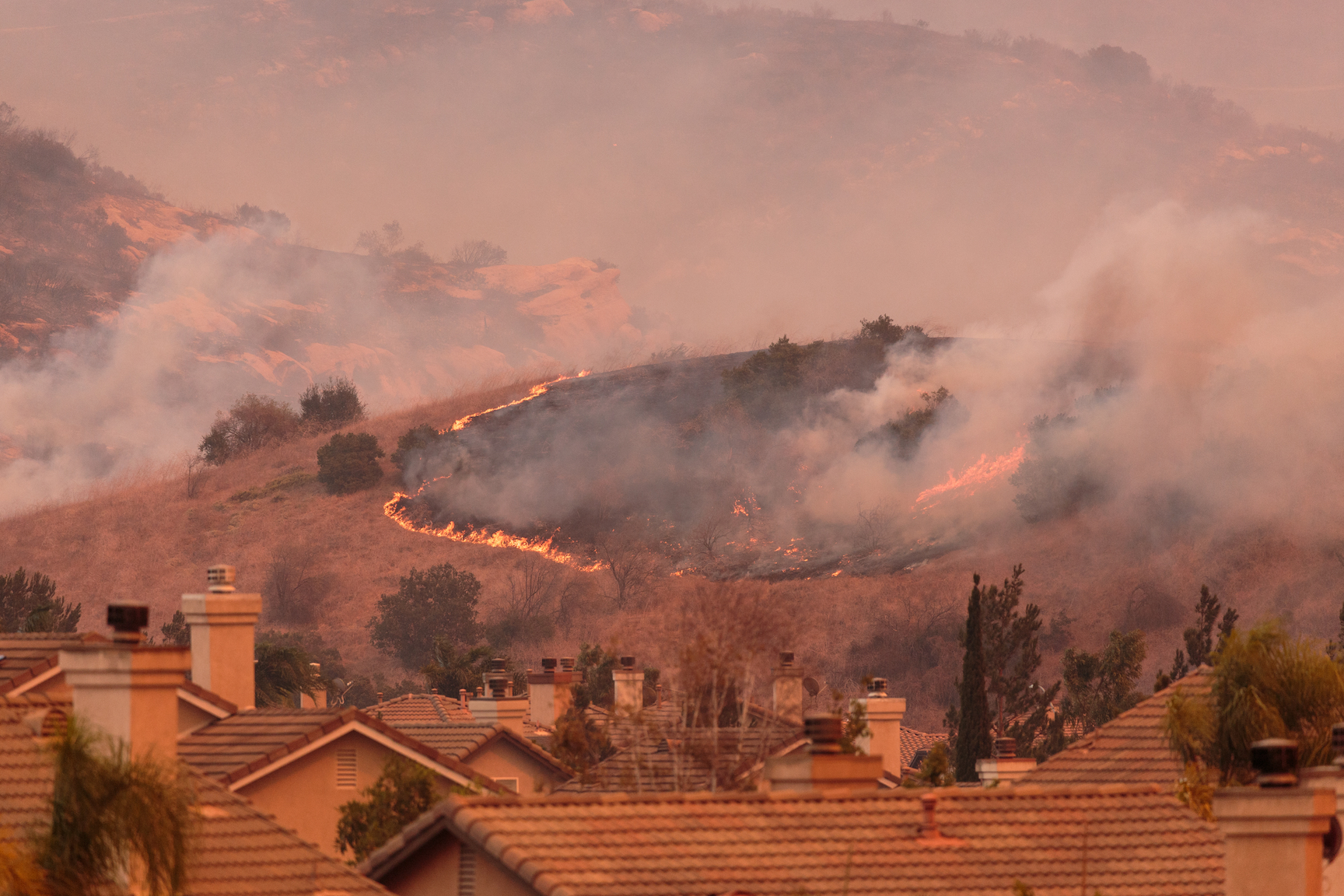
New building developments near wild lands increases fire risk
2017 was one of the costliest year on record for wildland fire suppression, according to the U.S Department of Agriculture.
New research has found that wildfires are increasing because more and more people are living in areas close to wild lands, and this flurry of development makes it difficult for both fire prevention and suppression.
The study was led by the University of Wisconsin-Madison in collaboration with researchers from the U.S. Department of Agriculture, the U.S. Geological Survey, the University of California, Berkeley, the University of Haifa-Oranim in Israel and the Conservation Biology Institute in Oregon.
Published in the journal Proceedings of the National Academy of Sciences, the results show how new home developments near wild areas have increased since 1990 and this can be linked to an increase in wildfires.
The wildland-urban-interface (WUI) describes where homes and wild areas like forests meet.
The researchers collected and analyzed data from the United States Geological Survey National Land Cover Database and overlapped this with modified Census Data in order to track how much WUIs had increased over a 20 year period beginning in 1990.
WUIs in the U.S. increased rapidly over the years and the results showed that 9.5 percent, 190 million acres, of the continental U.S could be categorized as WUIs in 2010.
The more developed land there was near wild areas, the researchers also found an increase in invasive species, pollution, and disease.
“We’ve seen that many wildfires are caused by people living in close proximity to forests and wildlands,” said Volker Radeloff, the leader of the research. “And that when these fires are spreading, they are much harder to fight when people are living there, because lives are at risk, because properties have to be protected.”
The study is the first to link the increase in severe wildfires to the growth in urban areas near wildlands, and the researchers caution against further development in these areas.
The research team instead urges that land management take precedent in order to limit the risks of fires in WUIs.
“So there’s a lot that can be done. And I think what our data shows on the development side, and others have shown on the climate change side, we better start doing it or otherwise we will have news like what we had last fall again and again,” said Radeloff, referring to the fires that swept through Northern California in 2017.
—
By Kay Vandette, Earth.com Staff Writer













